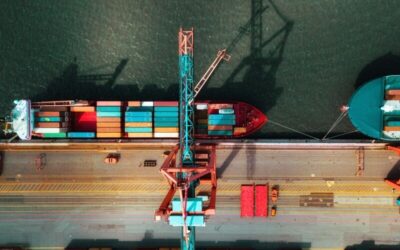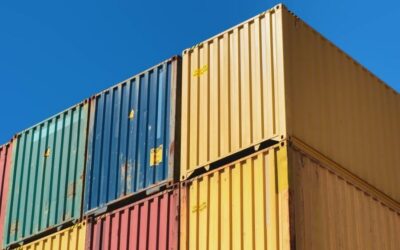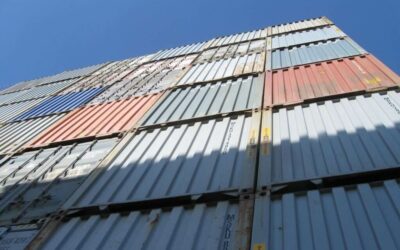What is Hard Top Container? Everything You Need to Know
Are you looking to buy or sell containers and don’t know what a hardtop container is? You need to look no further as we have got it covered for you.
Table of Contents
The first question that comes to the mind after coming across this term is
What is a Hardtop Container?
Hard Top Containers are a particular type of general dry container. The significant distinction between an ordinary ISO holder and a hardtop container is that the hardtop has a removable rooftop. You can easily turn the door header outside with the removable rooftop.
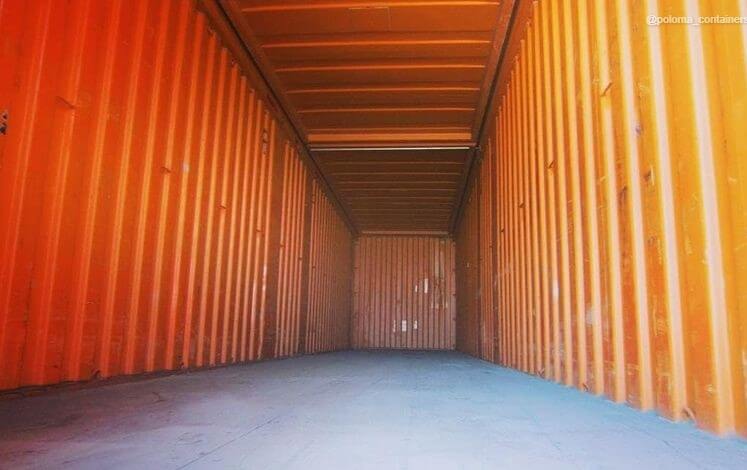
This feature also makes it easier to load and unload the cargo through a forklift. Hardtop containers can entertain all kinds of dry cargo. Freight can be loaded and unloaded from above or through the doors with a crane and crab. They offer many benefits, and you can use them for
- Heavy cargo
- Tall cargo
All containers constitute the same material. If you search for a vessel to serve you for long, ensure that the material that makes it up is nothing other than Corten steel. Corten steel holders are commonly a lot stronger and can oppose severe climate without any problem.
Also Read
| Platform Container | Open Top Container |
| Insulated Container | Reefer Container |
| Flat Rack Container | Pallet Wide Containers |
| Intermediate Bulk Container | Ventilated Container |
| Dry Container | Tank Container |
Characteristics
Now, let’s dig a little deeper and look at some of the hardtop container’s characteristics.
Like other containers, usually, the walls of a hardtop container are also made up of ridged, galvanized iron sheets, and the floor is made of wood. But two unique features distinguish a hardtop container from others. They are as follows:
- Opposite to its name, the steel roof of a hardtop container is removable and has points for accommodating forklift trucks that can lift them when needed.
- The door can be swiveled out and fastened in a specific direction.
These two combined make it convenient for you to pack, unpack, load, or unload from above when you remove the roof and through the doors with the cranes’ help. Other characteristics include:
- Steel walls and Wooden floor: For secure transit.
- Removable steel roof: You can load the freight from above.
- The door that be swiveled out: Easy loading and unloading.
- Lashing rings: They allow secure loading and unloading.
Also Read About
Why go for it?
This container type is amazingly adaptable. Hardtop container acts both as an ocean container and as the distribution center container. With the help of a locked rooftop, the safety of the transit is ensured.
Moreover, hardtop containers can be utilized for mass merchandise. Since the limitations forced by the tight opening of standard vessels are no more there, the freight can be loaded by crane, trolley, or forklift.
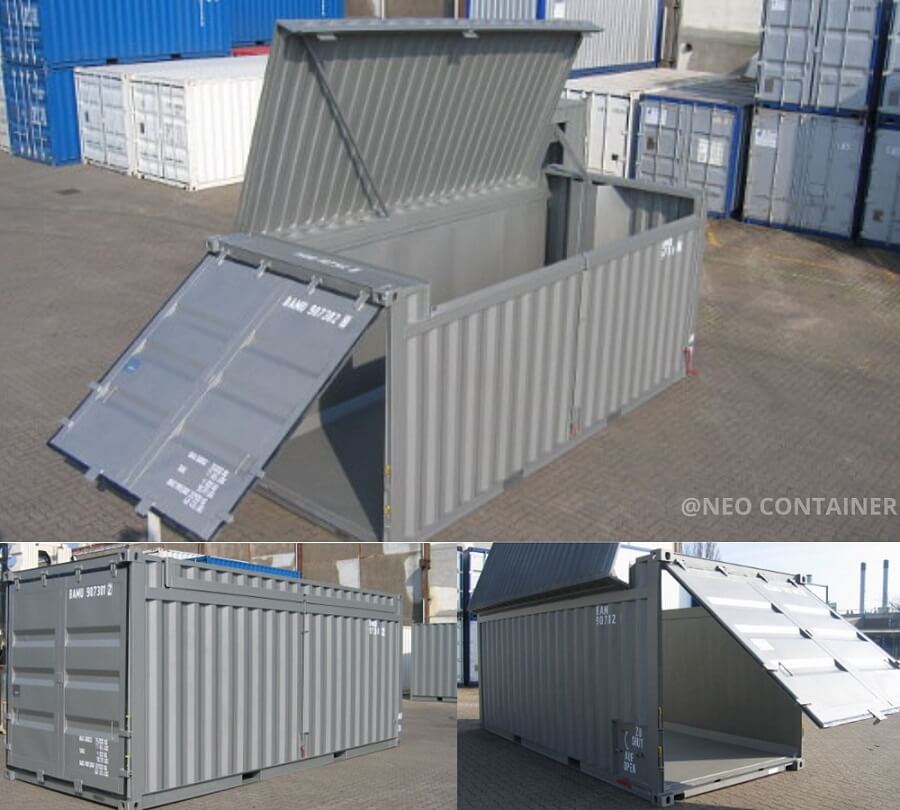
Where can it be used
A hardtop container is suitable for all standard sized freight and for cargo with large measurements. These containers are used for shipping a wide range of dry cargo and mass freight like concrete, car, development merchandise, steel, and so on.
They are handy for the heavier products and for freight with enormous sizes. They can be loaded through the rooftop or doors with the help of a forklift, crane, or crab. Some of the hardtop containers have forklift pockets, which can be used when the container has nothing inside it.
Freight shipped mainly using hardtop container incorporates marble, glass sheets, crude materials (like coal), massive hardware, and so forth. To summarize, the hardtop containers can be useful for shipping
- Heavy loads
- Oversized loading
- Cargo with huge height
- The shipment can be loaded through a crane from the roof
- The load can be packed through the doors
- The removable top can help the movement of the cargo inside.
Common Heights of Hard Top Container
Containers are made by standard sizes set by the International Organization for Standardization (ISO). Similar to the standard ISO container, hardtop containers come in 20′ and 40′ dimensions. They come in 20ft, 40ft, and high cube containers.
Here are the inner measurements and freight limit of these containers:
| Steel hardtop Container dimensions | Length (mm) | Width (mm) | Height (mm) | Volume (m³) | Payload capacity (kg) | Tare Weight (kg) |
| 20’ long and 8’6’’ high | 5886 | 2342 | 2388 | 32.8 | 27780 | 2700 |
| 40’ long and 8’6’’ high | 12020 | 2342 | 2388 | 67.2 | 25780 | 4700 |
| 40’ high cube container | 12020 | 2342 | 2693 | 75.8 | 25580 | 5200 |
Similarly, the measurements of the roof and door are discussed in the table below.
| Measurements for | Length/Height (mm) | Width (mm) |
| Door opening | 2581 | 2340 |
| Roof Opening | 11724 | 2212 |
How you can Use Hard Top Container to Manage over Height and heavy cargo
Hardtop containers are around 30 cm higher. This way, they can accommodate payloads with huge volumes, for example, large machines.
The important thing is that the legal procedures must be observed while transporting huge shipments, and the rest is handled by the hardtop containers.
Different lashing hauls are built on the top and base side rails and also on the corners, which can adjust up to 2000kg of weight. Moreover, these rings also secure the shipment as they are installed in all the significant points, including
- Upperside rails
- Lower side rails
- Corner posts
- At the centre of the side walls

These rings can take up a significant amount of weight, the side rails and corner posts can carry as much as two thousand kilograms, and five hundred kilograms can be taken up by the side walls provided that the roof is shut.
For an overweight cargo, the shipment is packed directly to the sidewall on the inside of a container. Moreover, to transport bulky cargo, the roof is left open.
